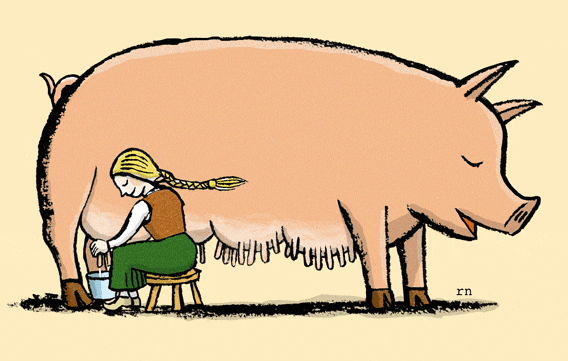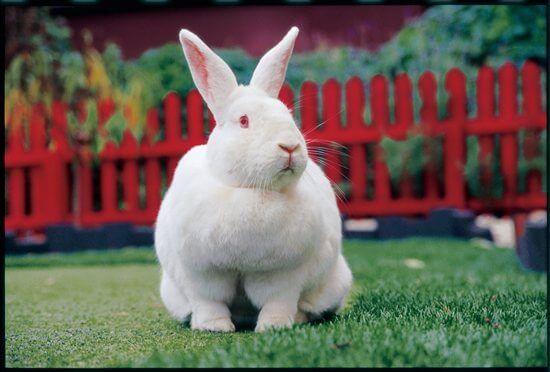Hello, So today i said i would write this blog to help people decide on what to buy when heading in for some makeup or some beauty essentials.
I will tell you first off what I use from top to toe :)
Shampoo and Conditioner
Avalon Organics Ylang Ylang Shine €8.00
 Buy This: http://avalonorganics.com/ylang-ylang-shine-shampoo
Buy This: http://avalonorganics.com/ylang-ylang-shine-shampoo
Face Wash
Clarnis Pure Melt Cleansing Gel - €22.00
Body Lotion:
The Body Shop Honey Mania €18.00
 Buy This http://www.thebodyshop.co.uk/bath-body-care/body-butter/honeymania-body-butter.aspx
Buy This http://www.thebodyshop.co.uk/bath-body-care/body-butter/honeymania-body-butter.aspx
Makeup: Anything for E.LF
 Buy This: http://eyeslipsface.co.uk/
Buy This: http://eyeslipsface.co.uk/
So Yes, there are some of the products I use: All are not tested on animals or against animal testing
Here is a list of what you can buy in your local drugstore thats not tested on animals, now I live in Ireland so I am listing brands that are carried in Ireland in this first list and after that I will list more from outside ireland
- Burts Bees
- Wet N Wild
- Autogragh (carried my Marks & Spencer)
- Dr Hauschka (also can be find in M&S)
- Body Shop Make up
- Barry M
- GOSH
- Nails Inc
- Superdrug
- Lia Earle(Found in Boots)
- Urban Decay
- Dermatologia
- 100% Pure
- Afrumos
- Afterglow Cosmetics
- Alex and Ani
- Alima Pure
- Arbonne
- Aromi
- Aubrey Organics, Inc.
- Avalon Organics
- Batty's Bath
- Beauté Minéral
- Beauty Without
- Bellapierre
- BH Cosmetics
- Bite Beauty
- Biogime Skin Care
- Bloom Naturals
- B True Beauty
- CAILYN Cosmetics
- Cate McNabb Cosmetics
- Christine Valmy, Inc.
- Coastal Classic Creations
- Concrete Minerals
- Core Cosmetic
- Darla Makeup
- DermaQuest Skin Therapy
- DeVita Natural Skin Care Systems
- Earth's Beauty
- EcoGlo Minerals
- Elate Clean Cosmetics
- Elixery
- Everyday Minerals
- FACE atelier
- FACEFACTS
- Fevour Cosmetics
- FíOR Mineral Cosmetics
- Fitglow Beauty
- Forsythe Cosmetic Group
- Gabriel Cosmetics
- Gourmet Body Treats
- Green Girl Basics
- ILIA
- Jing Ai Organic and Natural Cosmetics
- Joe Blasco Cosmetics
- Juice Beauty
- Kiss My Face
- Lime Crime
- LoriannZ
- Mineral Fusion
- Modern Minerals
- My Lip Stuff
- Nabelle Company
- Nature Clean
- Neal's Yard Remedies
- NYR Organics
- Ofra Cosmetics
- ONLY YOURx Skin Care
- Outside/In Cosmetics
- Paula's Choice
- Plain Jane Beauty
- Polish Cosmetics
- Pure Anada Natural
- Red Barn Herb Farms
- Reliq Minerals
- Renee Rouleau Skin Care
- Sally B's Skin Yummies
- Savon Du Bois
- Shear Miracle Organics
- Sombra Cosmetics, Inc.
- Suki
- Tata Harper
- The All Natural Face
- The Body Shop
- Truth
- Urban Decay
- Vapour Organic Beauty
- Warm Earth Cosmetics
- Zia Natural Skincare
- Zosimos Botanicals
- ZuZu Luxe






